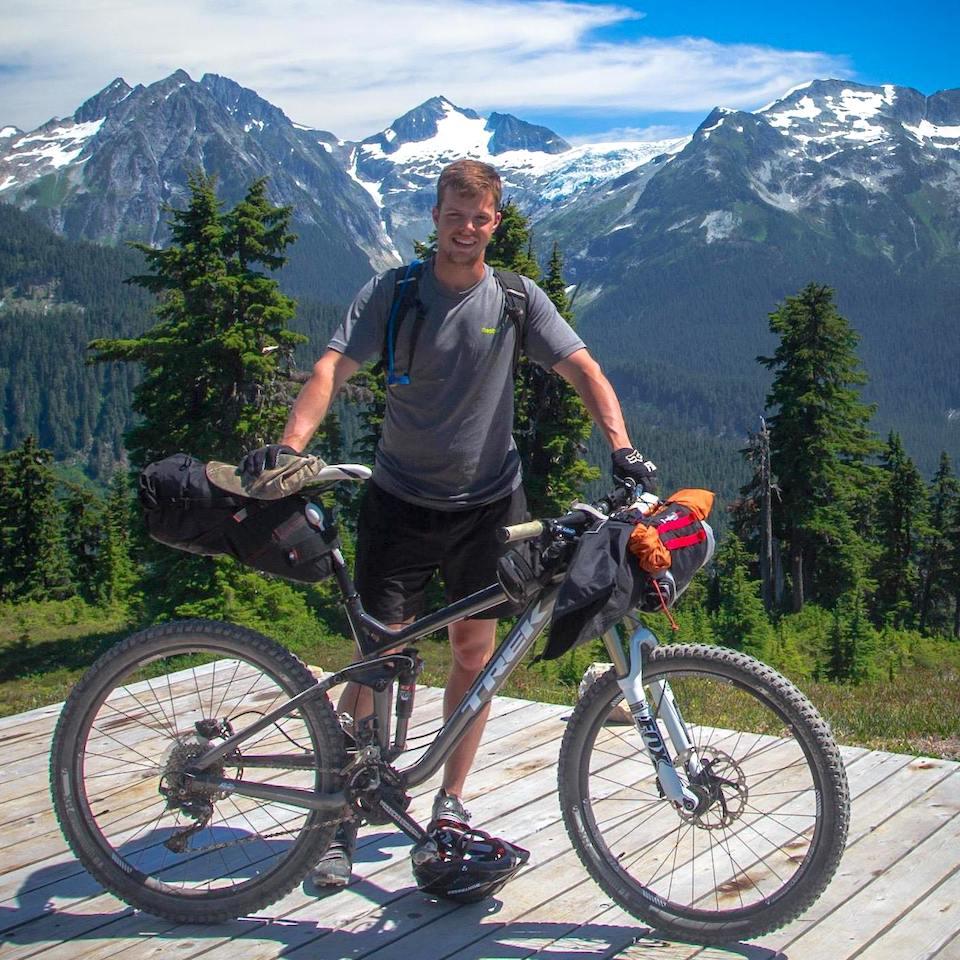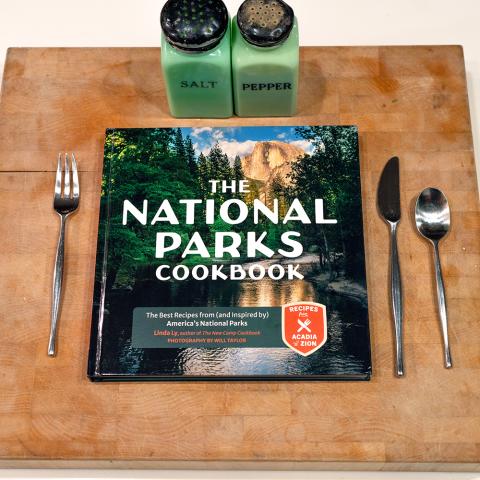
Matthew Bunker died in a crevasse on Mount Rainier while skiing down from a climbing expedition/HO
Editor's note: This corrects that Bunker was skiing behind his partner.
A climber who was skiing behind his partner in their descent of Mount Rainier died when he fell into a crevasse, according to the National Park Service, which added that conditions were too dangerous to recover the man's body.
Airborne rangers spotted the body of Matthew Bunker on Monday along the base of Liberty Ridge. The 28-year-old was reported missing by his climbing partner on Friday. The two were skiing down at approximately 10,400 feet in elevation, near Thumb Rock, when Bunker fell.
The Park Service’s A-Star B3 helicopter, with Mount Rainier National Park climbing rangers aboard, conducted several aerial reconnaissance missions during the search. On previous missions, the helicopter crew encountered severe downslope winds and clouds that hampered search efforts.
Clear skies on June 29 at the incident location, along with a change in wind strength and direction, allowed the helicopter and climbing rangers to fly close enough to the mountain to conduct a thorough search. Bunker's body was spotted in a crevasse at the base of a cliff that is inaccessible by ground or aviation teams. The area is subject to continuous rock and ice fall which pose too high of a risk for rescue personnel to access the location and recover the body, a park release said.
“We extend our deepest condolences to Matthew’s loved ones and friends,” said Tracy Swartout, the park's deputy superintendent. “It brings us a great degree of sorrow to be unable to bring him home to his family.”
Bunker, who grew up in Delavan, Wisconsin, graduated from West Point in 2013 and spent five years in the military.
Meanwhile, there's been no significant updates to the search for two hikers who went missing in the park earlier this month.
Talal Sabbagh went missing in the Paradise area on June 22. The 27-year-old from Seattle was last seen in hiking on June 21. Rangers located his vehicle in the parking lot at Paradise.
Vincent Djie, a 25-year-old Indonesian student living in Seattle, was last seen in the Longmire area on Friday, June 19. He was said to be hiking the Van Trump Trail toward Mildred Point.
The park is not seeking help from the public in these ongoing ground searches. Dangerous late spring conditions, including widespread unstable snow bridges over hundreds of creeks exist, putting independent searchers at risk and potentially creating new incidents, the park staff said.




 Support Essential Coverage of Essential Places
Support Essential Coverage of Essential Places







Comments
Would requiring people to wear a GPS of some kind help them be found sooner and protect rangers?
I know of no lightweight GPS transmitter; much different than a receiver your likely thinking of. There are avalanche sensors (really reflectors) sewn into ski clothing, called RECCO. With the aid of a specialized detector, whether handheld or dangling from a helicopter, that can in some situations locate a buried person, but I doubt a victim deep in a crevasse that it would work. Responsibly, the NPS decided not to risk lives in this situation. They have enough experience with this particlar area that his chance of surviving was very slim to none, and managed the search in a safe and prudent manner as best they could.
There certainly is a light weight beacon, a Personal Locator Beacon (PLB). It is relatively inexpensive to buy a does not require any subscription fee since it uses a government service in the US and worldwide. I really wish more people were aware of this device and service. Unfortunately it would not help in this case for a recovery effort, but is invaluable in the a search and rescue.